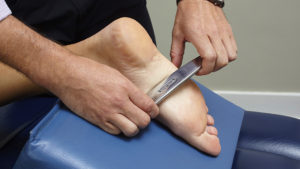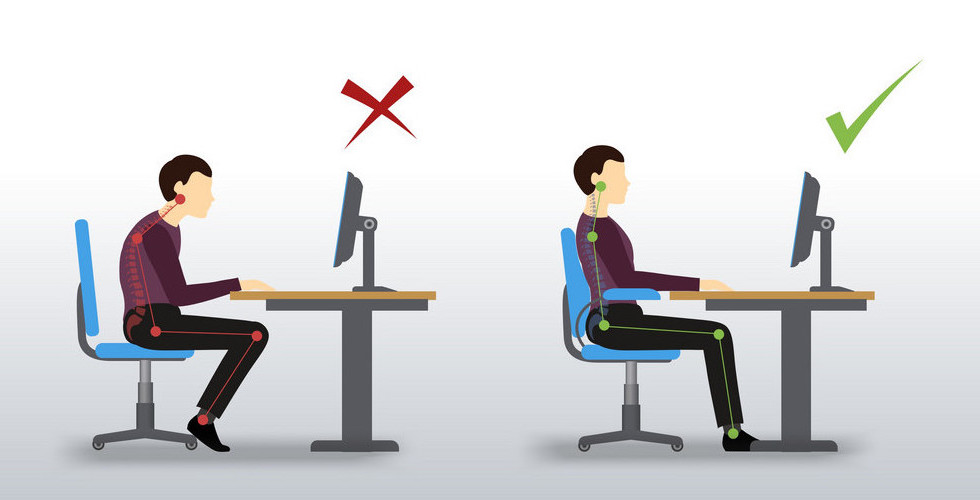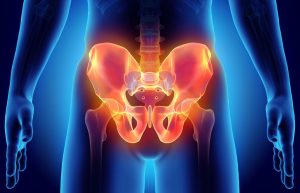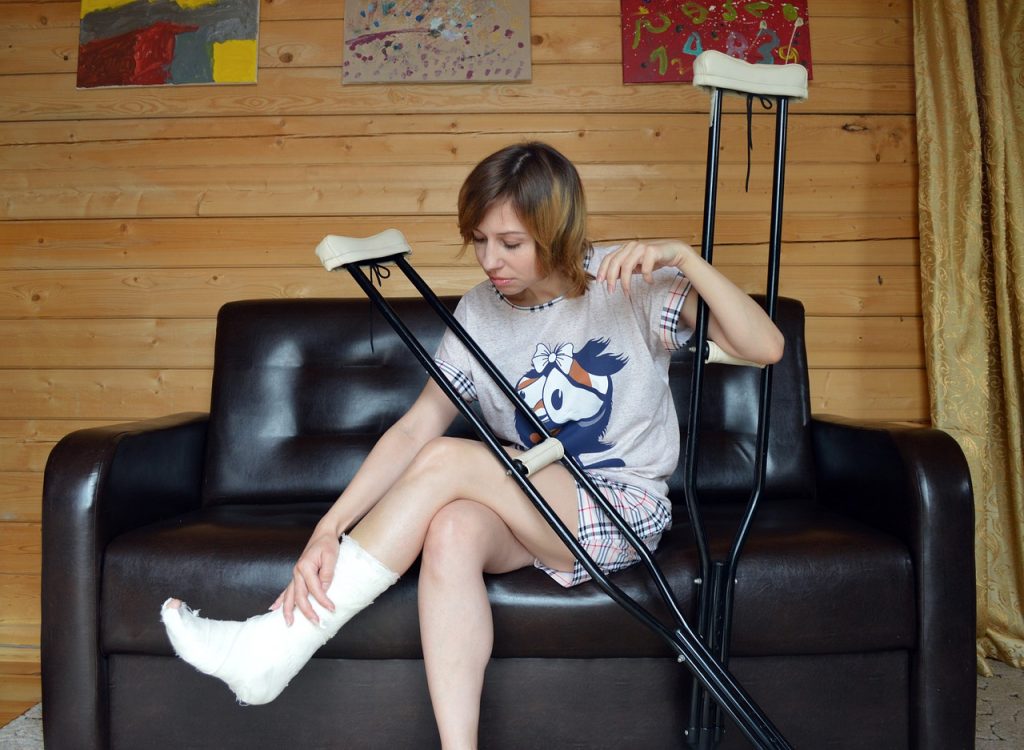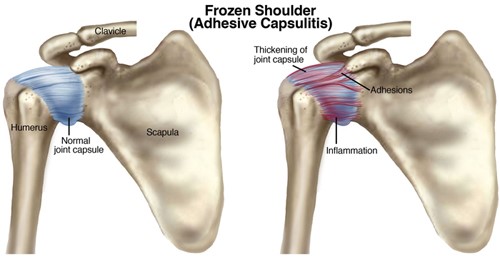Why do you need a walking aid?
Restricted and reduced ability to walk and perform your daily chores can impact your quality of life. Walking aids are devices designed to help people walk and can be used by individuals of any age. As a result, this improves your quality of life by making you independent and confident. Here are some reasons that will indicate you need walking aids.
- difficulties walking whether it’s due to pain.
- frequent falls or fear of falling.
- tiring quickly.
- decreased balance.
- difficulty putting weight on a body part, post-surgery, or any other reason.
What types of walking aids are available?
The categories of walking aids include crutches, canes, and walkers, and has their own pros and cons. Below are general overviews of the most common types of walking aids.
- crutches, often prescribed to individuals following an injury or surgery to the lower body. They are usually used on both sides of the body but can be used on just one side. The benefits of crutches include complete non-weight bearing on the injured leg, can be used on stairs, and lastly near to normal walking speed can be achieved. However, it needs good upper body strength, cannot use for longer distances and must have a higher level of balance.
- Canes are used on a single side. Helpful for individuals with minor balance issues or weakness in the legs or body. You can either get a single-point cane or 4 points which provides additional stability. But, on another side, it gives an unstable base of support.
- Walkers are the most stable type of walking aid. The most common are 2-wheeled walkers and rollator or 4-wheeled walkers. They are good for longer distances and more stable but cannot be used on stairs or smaller occupancies.
How to choose a walking aid?
If you think you need a walking aid but are unsure which one is best for you, a physiotherapist can help assess your needs and recommend the right one. An unfitted walking aid or improper use of one can be a safety hazard and increase the risk of a fall.
At PhysioNow, we are a qualified team of Physiotherapists that would love to help you! We do a full assessment which will include your balance, strength, and the way you walk to determine whether need of a gait aid and which one is suitable. Also, provide resources on how to acquire one. Lastly, we will also teach you how to use it in your everyday life including sitting and standing up, walking, and navigating stairs and obstacles with your aid.
Book with us today for an initial assessment and treatment at PhysioNow! Improve your Quality of Life.
